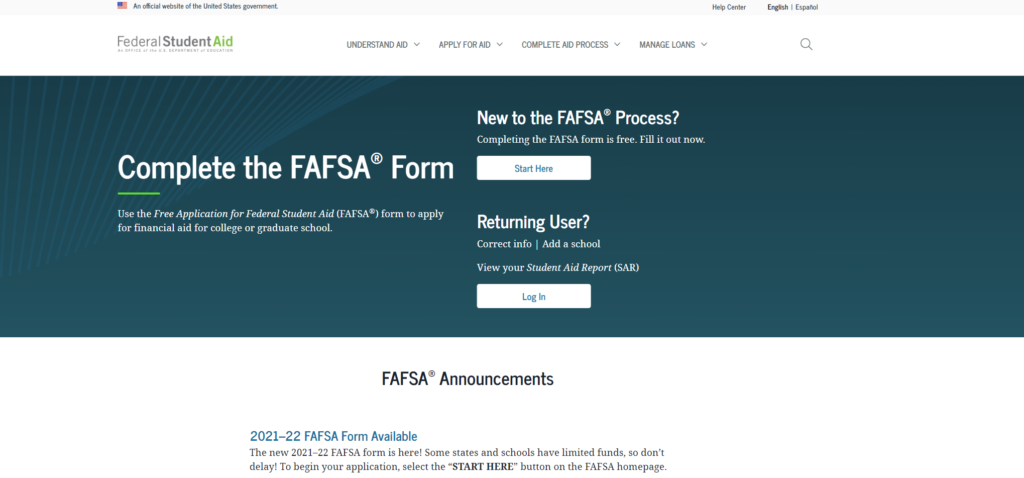Hartford Gets Incentive to Boost FAFSA Completion Rates
Gov. Ned Lamont, in partnership with Connecticut’s colleges and the state Department of Education and Career Readiness Alliance, has issued the state’s Free Application for Federal Student Aid (FAFSA) Completion Challenge, to encourage school districts to increase FAFSA completion rates by at least 5 percent between this year’s seniors and last year’s seniors.
This challenge is designed to spark and support local creativity to increase FAFSA completion and postsecondary enrollment rates, according to state Education Commissioner Miguel A. Cardona, President Joseph R. Biden, Jr.’s pick for U.S. education secretary.
Students are encouraged to complete the FAFSA each year to be eligible for federal, and sometimes state, financial aid while attending college. The number of students who submit the FAFSA can also be an indication of enrollment numbers at colleges and universities, since students are required to put the school they attend, or prospective schools, on the application.
“With a small amount of dollars coming from the state, 16 school districts across Connecticut, including Hartford, are now leading the effort to increase the number of students completing FAFSAs,” says Paul Diego Holzer, executive director of Achieve Hartford. “It’s going to take more than just counselors supporting students; it’s going to take family engagement during this time of physical distancing to get students across the finish line, which means we need partnerships. Be on the lookout for this focus on financial aid coming to Hartford and let’s all get ready to support the seniors who want to go to college.”
The coronavirus disrupted the nation’s education system, including the FAFSA completion rate. In Connecticut, FAFSA completions plunged 16 percent at the beginning of the school year compared to the same time last year. More students have applied for FAFSA since then, and this year’s applications are now running about 9 percent behind last year’s rates. As of Jan. 15, of this year, an estimated 30-34 percent of Hartford Public Schools students submitted the FAFSA, compared to 35-39 percent by the same date last year.
These declines reflect the uncertain and challenging circumstances students, parents and educators are navigating. Students face economic upheaval and food and housing insecurity; and they’ve had to adapt to changing ways of learning. Dr. Cardona says he understands these challenges and recognizes that FAFSA completion may feel like a low priority.
“However, we must push back on this declining trend if we want to ensure our students’ educational trajectories and all of the promising options available to them upon graduation,” he said in a prepared statement. “This challenge demonstrates our commitment to building on our ongoing efforts to improve postsecondary outcomes, especially for our most vulnerable, by connecting them with the additional support and resources they need.”
Even before COVID, FAFSA completion proved challenging in some low-income communities. Select districts will be eligible to win a grant to help them with FAFSA filing for the 2021-2022 school year. Hartford Public Schools and the 15 other eligible districts reported FAFSA completion rates below 50 percent during the 2019-20 school year, free- and reduced-price lunch rates exceeding 45 percent and a senior class larger than 50 students. The four districts with the highest percentage-point growth will be awarded and recognized in September 2021, and two districts will receive a grant.

